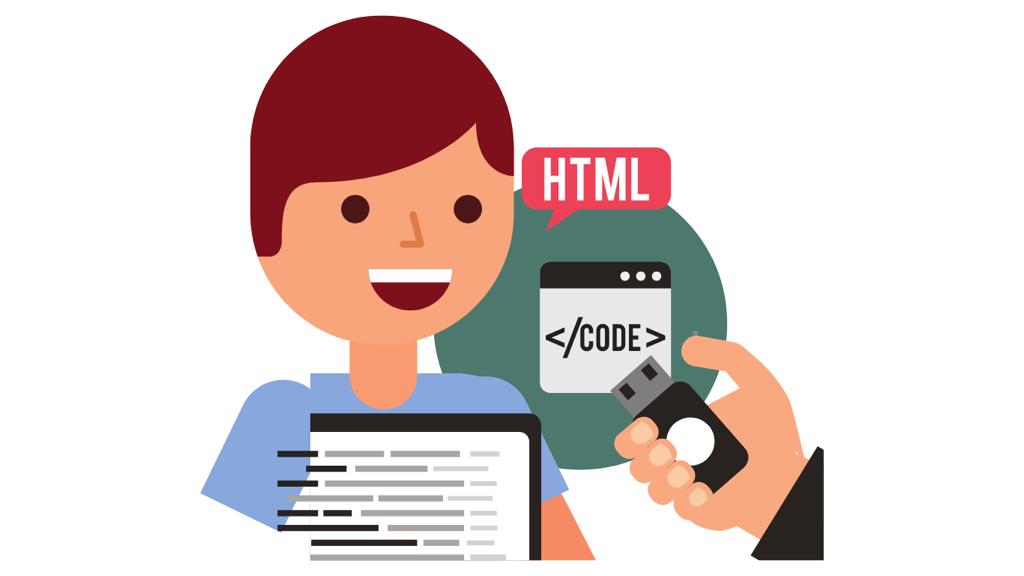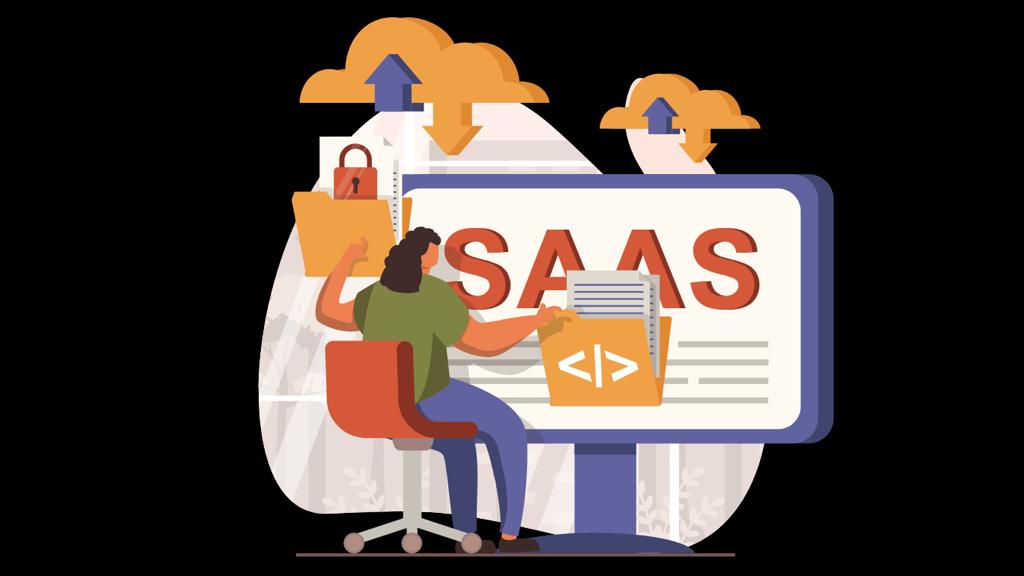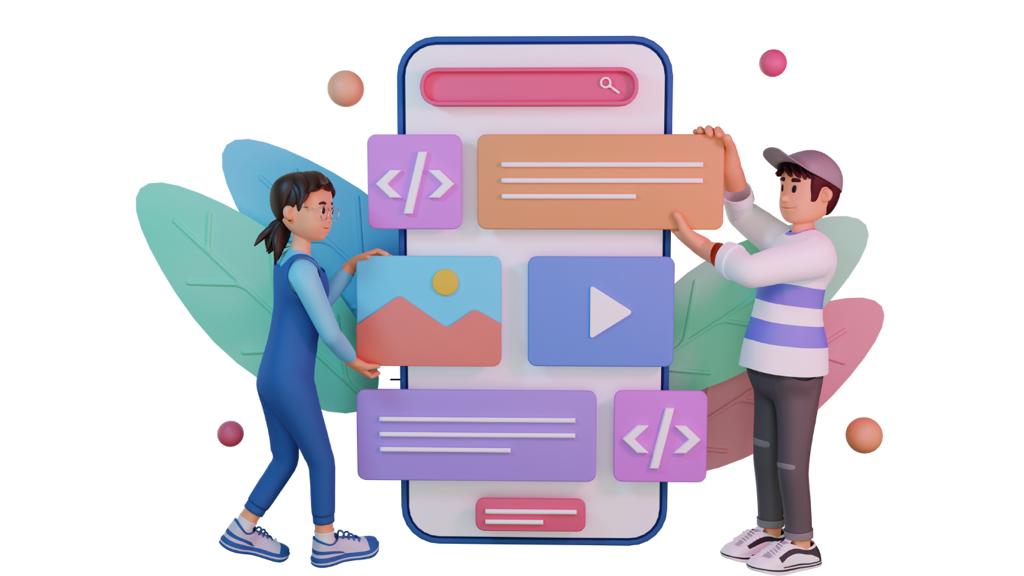
Introduction
It has become crucial for businesses to stay up with the times due to the continually increasing demand for software applications. The good news is that technological advancements in application creation have accelerated recently. Project managers and business owners now have a variety of choices. At first glance, this might appear to be negative news, but having too many options can be difficult. Because of this, it’s crucial to choose the appropriate tech stack based on the aims and objectives of your business. Working with system components without user interfaces or complex computer languages is all part of backend development.
What are backend technologies?
A website’s server portion is known as the backend. It maintains data, arranges it, and makes sure that the client side of the website functions properly. It is the area of the website that you cannot access or view. Users can only access backend features and characteristics through a front-end programme, which is developed by backend developers. Writing APIs, creating libraries, and working with system components without user interfaces or complex computer languages are all part of back-end development.
To produce connected, useful, and valuable web applications, backend developers work with the front end to programme the business logic. The following are the main duties of a server developer:
1. Create the logical frameworks for each element of the website.
2. Keep all project libraries and materials current.
3. Design a database that will effectively store the info.
4. Keep the website’s entire infrastructure safe.
The demand for backend developers is very strong worldwide. To be knowledgeable and employable, you should think about learning backend computer languages like Javascript, Golang, or Python.
Backend Technology Development Process
Setting up the architecture and mechanisms that would control how your app processes data, take the proper action and shows the correct data in response to the client’s inputs or needs is the responsibility of the backend of your project. The “view” part is unimportant to the backend. It is in charge of handling API interactions, data storage, data structuring, and making sure everything functions properly on the client side, or front end.
Key Differences between Frontend and Backend Technology Relationships
According to the main purposes of a website or web application, web development is frequently divided into three categories: front-end development, back-end development, and full stack, which includes both.
Interactions with browsers and users are handled by front-end programming. Front-end development uses technologies like HTML, CSS, and JS to concentrate on the user interface, or client-side, which refers to the website’s visible components (buttons, links, forms, lists, etc.). Front-end developers are not the same as web artists; developers turn designs into functional software.
Building the logic and providing assistance for website speed and efficiency optimization are tasks that fall under back-end programming (server-side). To make the software function correctly using scripting languages, technologies, and databases, backend developers undertake a variety of tasks.
Back-end and front-end coders work closely together.
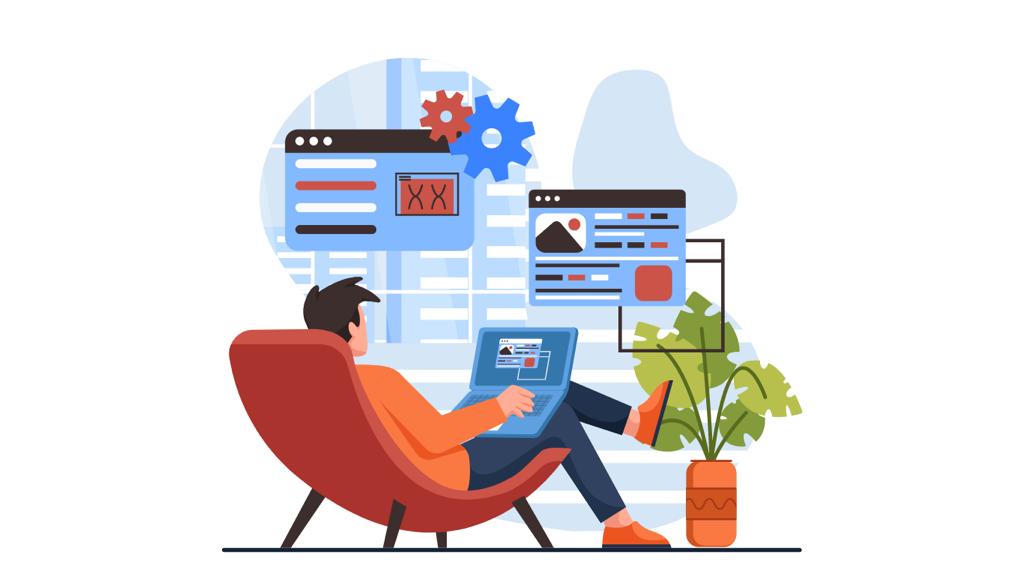
Considerations for Selecting the Best Backend Technology
PURPOSE AND USE
Developers need to comprehend the rationale behind their use before deciding whether the most well-liked backend framework is appropriate. When only a single component of the framework is required or a beautiful URL scheme is all that is desired, a framework is not necessary. However, the most well-known backend frameworks will be very helpful if an application uses CRUD operations or if developers must build a CMS in a matter of days.
FORMULA OF SOFTWARE
MVC (Model-View-Controller) patterns are typically used in the deployment of the most well-liked web platforms. By separating the data, represented by the model, the logic, represented by the controller, and the user interface, represented by the view, developers or programmers can create better and tighter code. But a software business can also choose top website frameworks that adhere to renowned patterns, like MVP (Model-View-Presenter), MVA (Model-View-Adapter), and AVC (Application-View-Controller).
EASIEST WAY TO INSTALL
The best web framework is one that is quick and simple to set up. If this is not done, testing and deploying the application may be difficult in addition to making the installation procedure difficult. In other words, a software or IT business should favour a framework that is quick to set up and run.
DOCUMENTATION
Success in web programming depends on having a framework with the comprehensive documentation that includes numerous examples, snippets, and tutorials. Surprisingly, the best website frameworks provide clear and concise documentation that draws in power users and serves to clear up confusion among users.
Other variables
Choosing the best backend framework requires careful consideration of a framework’s technological requirements. Along with the aforementioned considerations, it’s also crucial to bear in mind the learning curve, hosting requirements, the need for JS libraries, AB Abstraction and ORM, unit testing, scaling, the community, ease of creation and availability, and bug fixes. The decision-making process heavily depends on the project’s expense and degree of complexity.
Backend Technologies Leaders
You should take into account a few factors before deciding on which technology to learn to select the best choice for you:
Each technology performs better in certain sectors or uses cases. For use with data-intensive apps and analytical engines, Python, for instance, provides a wealth of libraries. Similarly to this, each framework is better suited for specific tasks and will be chosen over the others. Consider the upcoming projects you want to work on before selecting a technology.
Each framework will demand different skills, which will also vary. For instance, working with the NodeJS framework will be simple for JavaScript writers, and as a result, their learning curve will be lower than non-JavaScript developers’. You can use any prior technical knowledge to make learning the next language or framework simpler if you have it.
For each technology stack, a fixed salary limit will be established. Salaries typically represent the supply and demand for technical talent concerning the technology stack. When hiring backend developers, the majority of businesses consider this factor. Discover the current hot technologies, then think about studying some of them.
The top four widely used backend technology for developing
Finding the finest and most suitable framework is crucial for developers who want to work efficiently and productively all the time. Time savings, scalability, robustness, security, and integrations are the main advantages of using a framework in software or web creation. Here is a list of the best 4 backend frameworks that can provide all of these benefits from the programming frameworks list.
DJANGO
Due to its “battery included” philosophy and end-to-end technical capabilities, Django currently holds the top spot in the web framework ranking. This top open-source backend framework is built primarily on Python, which will be the third-most-popular programming language in 2021. One of the best web frameworks available for building sophisticated, feature-rich, database-driven websites and apps.
Benefits of Django It is unavoidable that many contemporary workers favour Django over other backend frameworks. Its complete freedom, quicker development, REST frameworks for APIs, machine learning capabilities, and, of course, its battery-included features all contribute to this.
Drawbacks to Django Even though Django is amazing and renowned for its distinctive abilities, some of its drawbacks call for particular changes to be made to it. These include a dearth of convention, an unsuitable framework for smaller tasks, a rigid learning curve, and problems with multiple requests.
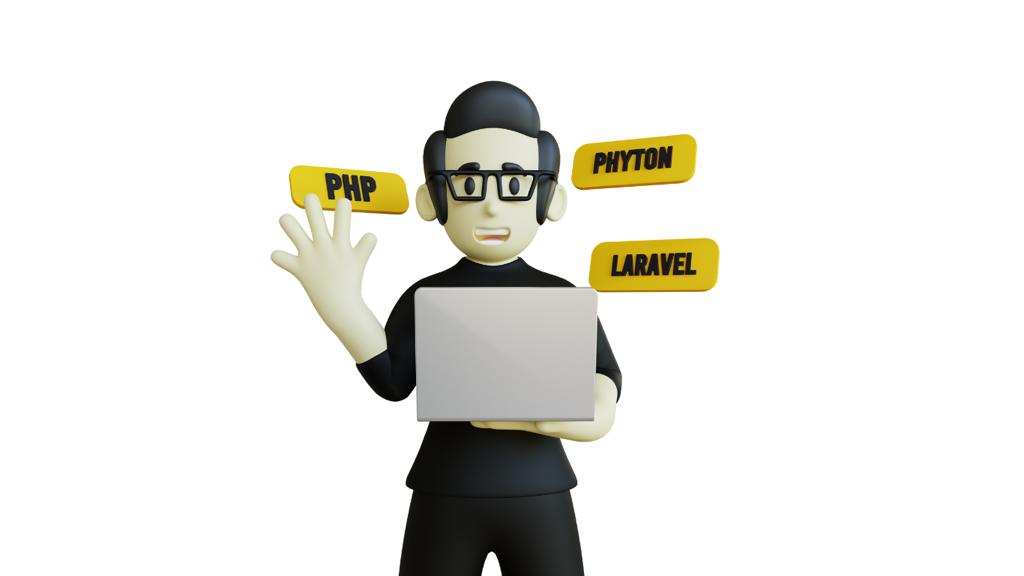
RUBY ON RAILS
Rails, RoR, or Ruby on Rails is one of the distinctive web programming tools. It was created using the Ruby computer language, which encourages the use of HTML, CSS, JSON, XML, and other web standards.
Ruby on Rails advantages – The top benefits of setting up and using Ruby on Rails for web development are security, ease of use, rapid development, a supportive community, simplicity in implementing business logic, and interoperability with front-end frameworks.
Drawbacks of Ruby on Rails One of the unique backend frameworks have some drawbacks, such as limited flexibility, slow performance, and lesser popularity. Furthermore, it is difficult for developers to execute with ease due to performance time and continuous evolution.
EXPRESS.JS
The most widely used server-side backend framework for creating mobile apps is Express.js or Express. It includes several outstanding tools, features, packages, and plugins that make the development process quick and straightforward.
Advantages of Express.js This top backend framework’s intriguing advantages include adaptability, rapid app creation, extensibility, minimal costs, simple third-party integration, and an open-source community.
Drawbacks of Express.js even though Express.js is one of the most widely used server frameworks due to its practicality and simplicity, there are still some drawbacks. This can be attributed to its event-driven character (Callbacks), inadequacy for complex computation tasks, and insufficient tooling.
ASP .NET Core
When it comes to the web framework’s prominence, ASP.NET Core is one of the most discussed technologies. It is an expanded variant of the ASP.NET Framework and an open-source framework. It’s interesting to note that ASP.NET Core functions flawlessly on both Windows 10 and Dot NET Core’s entire.NET Framework.
Benefits of ASP.NET Core With a few additions, the main benefits of ASP.NET Core are almost identical to those of the standard.NET framework. These include speed, a little coding, flexible storage choices, and simple upkeep.
Cons of ASP.NET Core – When operating on Windows 10’s. NET Framework, ASP.NET Core is a little awkward. In addition, the framework’s security and weight are two significant issues.

